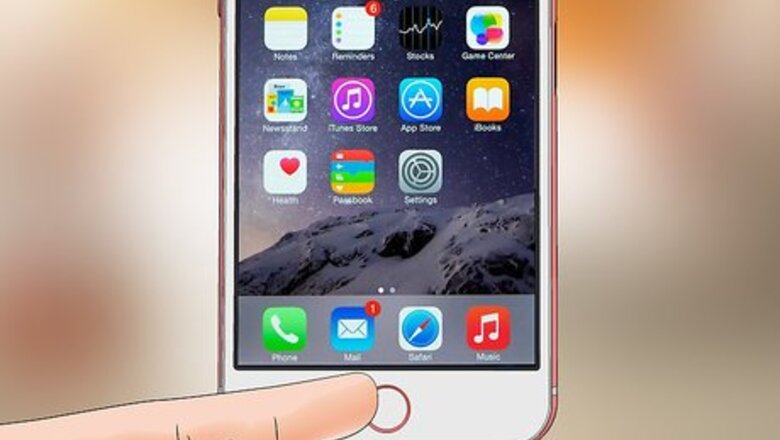
views
Starting Siri
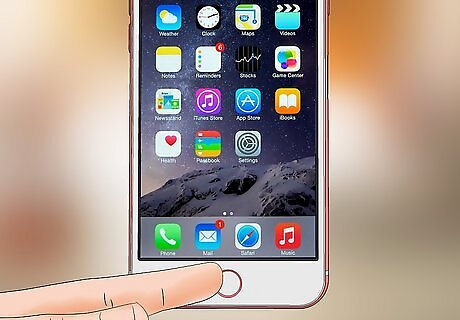
Press and hold the Home button. Siri is enabled by default on all devices that support it, so usually you can just press and hold the Home button to start the Siri interface. The Siri prompt will appear, and you'll be able to speak your command or question. If Siri doesn't start, it may be disabled or your iOS device may be too old. See the next section for details.
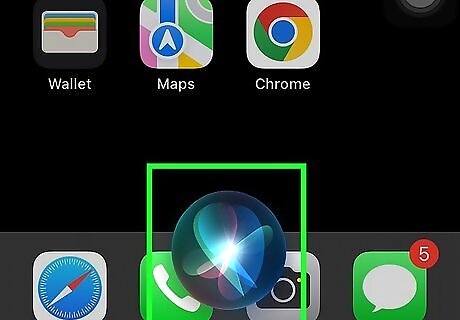
Say "Hey Siri" if your iOS device is plugged into a power outlet. When your iOs device is plugged in, you can say "Hey Siri" to launch the Siri interface without pushing any buttons. The iPhone 6s, iPhone 6s Plus, iPhone SE, and iPad Pro allow you to use "Hey Siri" without the device being plugged in. If "Hey Siri" isn't working, it may need to be turned on. See the next section for details.
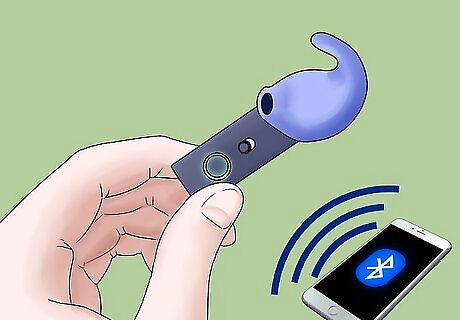
Press and hold the Call button on your Bluetooth headset. If you have a Bluetooth headset, press and hold the Call button until you hear a short notification chime. You can then speak your command or question.

Press and hold the Voice button on your steering wheel to start Siri with CarPlay. If you're using CarPlay in your car, you can start Siri by pressing and holding the Voice button on your steering wheel. You can also press and hold the digital Home button on your CarPlay display.
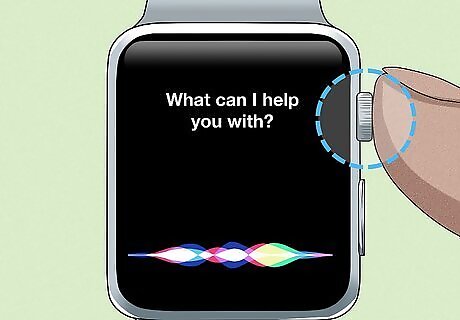
Bring your Apple Watch up to your face to start Siri. If you use an Apple Watch, you can start Siri by bringing the watch up to your face. As soon as you raise your watch, you can start speaking the command or question.
Enabling or Disabling Siri
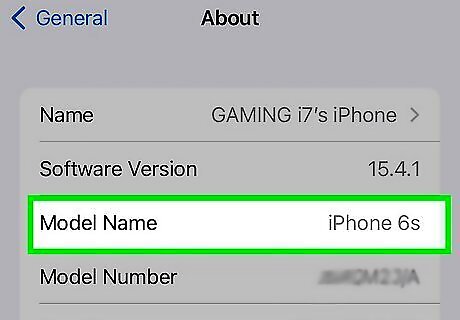
Ensure your iOS device is compatible. Siri does not work on older iOS devices. The iPhone 3GS, iPhone 4, iPad, iPad 2, and the iPod Touch 1st-4th generation do not support Siri. Even though these devices may be able to install a version of iOS that supports Siri, they won't be able to use it. Visit support.apple.com/en-us/HT201296 for information on identifying your iPhone if you're not sure. See Determine an iPad Model / Version for information on determining what model iPad you have. See Check Your iPod's Generation for information on identifying different iPods. The information in the first section will help you determine what generation iPod Touch you have.
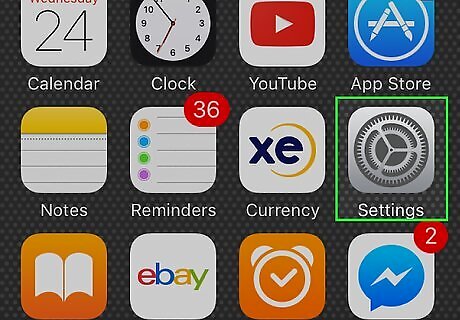
Open the Settings app. You can change your Siri settings from the Settings app on your iOS device.
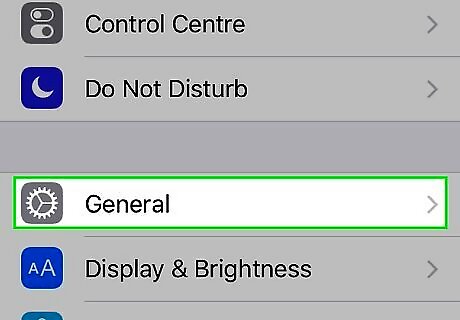
Open the "General" section. This will display the general settings for your iOS device.
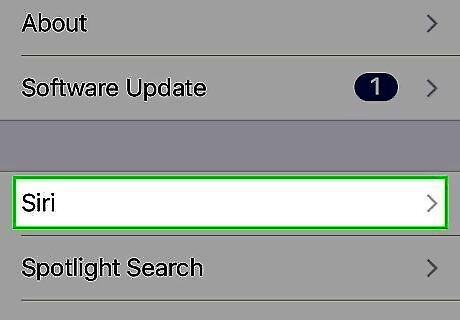
Select "Siri" from the list of options. If you don't see "Siri" in the list, which should be right towards the top above "Spotlight Search," your device is not compatible with Siri.
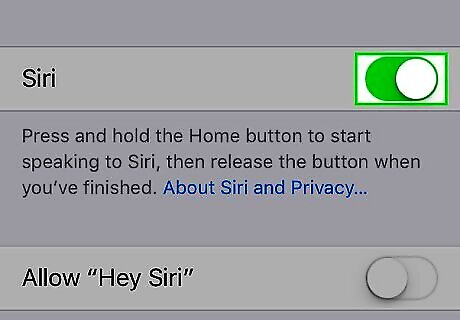
Tap the "Siri" toggle to turn it on or off. By default, Siri will be on. Tapping the toggle will switch it off or on.
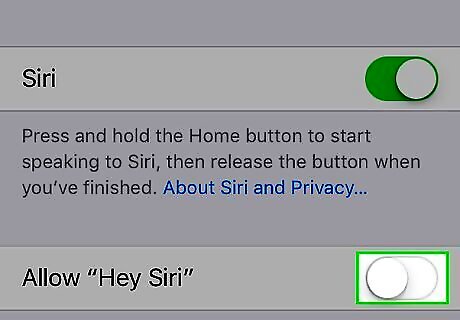
Tap the Allow "Hey Siri" toggle to turn "Hey Siri" on or off. This feature allows you to say "Hey Siri" to activate Siri if your device is plugged into a power source.
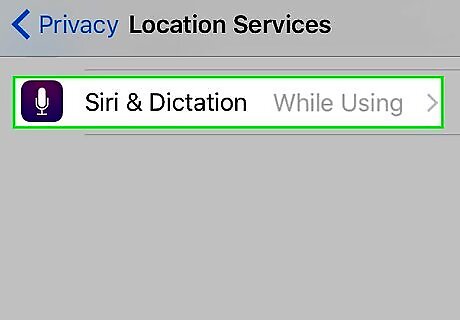
Ensure location services are enabled. Siri gets a lot of functionality out of your iOS device's current location. Enabling location services will allow you to do a lot more with Siri. Location services are enabled by default, but you may have disabled them: Open the Settings app and select "Privacy." Tap the "Location Services" option. Ensure that Location Services is toggled on, and that "Siri & Dictation" is set to "While Using."

















Comments
0 comment